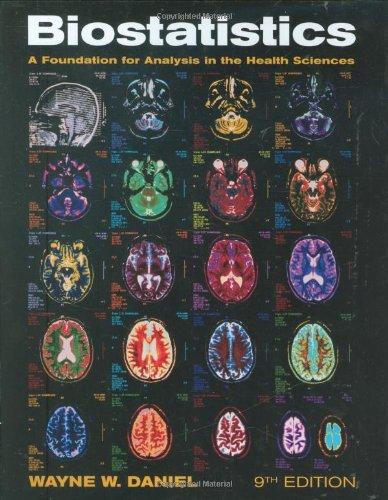Varela et al. (A-16) examined 515 patients who underwent lung resection for bronchogenic carcinoma. The outcome variable
Question:
Varela et al. (A-16) examined 515 patients who underwent lung resection for bronchogenic carcinoma.
The outcome variable was the occurrence of cardiorespiratory morbidity after surgery. Any of the following postoperative events indicated morbidity: pulmonary atelectasis or pneumonia, respiratory or ventilatory insufficiency at discharge, need for mechanical ventilation at any time after extubation in the operating room, pulmonary thromboembolism, arrhythmia, myocardial ischemia or infarct, and clinical cardiac insufficiency. Performing a stepwise logistic regression, the researchers found that age and postoperative forced expiratory volume were statistically significant in predicting the occurrence of cardiorespiratory morbidity.
For each of the data sets given in Exercises 22 through 29, do as many of the following as you think appropriate:
(a) Apply one or more of the techniques discussed in this chapter.
(b) Apply one or more of the techniques discussed in previous chapters.
(c) Construct graphs.
(d) Formulate relevant hypotheses, perform the appropriate tests, and find p values.
(e) State the statistical decisions and clinical conclusions that the results of your hypothesis tests justify.
(f) Describe the population(s) to which you think your inferences are applicable.
Step by Step Answer:

Biostatistics A Foundation For Analysis In The Health Sciences
ISBN: 9780470105825
9th Edition
Authors: Wayne W. Daniel






